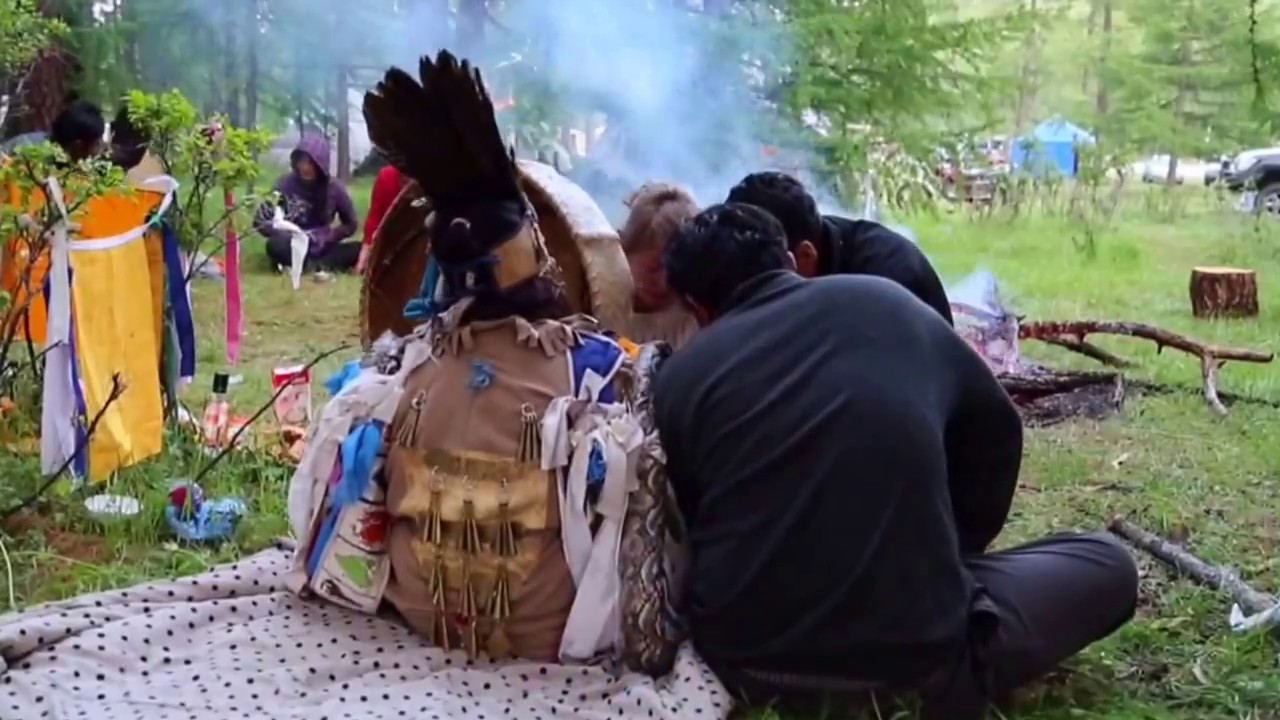Imagine being transported to the enchanting world of Mongolian shamanism, a sacred tradition rooted in ancient beliefs and mystical practices. In this mesmerizing video, captured by the talented Thomas Simoen, you are given a unique opportunity to witness the Ceremony of the Mongolian Shaman firsthand. Through his lens, Simoen expertly showcases the intricate rituals, soul-stirring chants, and captivating dances performed by the shaman, immersing you in a realm where spirituality and nature intertwine. Prepare to be awe-struck as you delve into this extraordinary visual experience, gaining a glimpse into a culture that has endured for centuries.
As the video unfolds, you become a silent observer, invited into a realm where ancient traditions come alive. With Simoen’s masterful cinematography, you will witness the shaman’s rhythmic movements and melodious invocations, transporting you to a realm beyond the ordinary. Breathtaking landscapes and rich cultural symbolism serve as the backdrop for this vivid exploration of Mongolian shamanism, allowing you to witness the profound connection between humans and the natural world. Brace yourself for an immersive journey that unveils the power and spirituality of the Ceremony of the Mongolian Shaman.
Ceremony of the Mongolian Shaman
Introduction to Mongolian Shamanism
In the vast steppe lands of Mongolia, a land steeped in ancient traditions and rich spiritual beliefs, the practice of shamanism holds a central place in the lives of its people. Mongolian shamanism, also known as Tengerism, is an ancient spiritual practice that dates back thousands of years. It is a deeply rooted tradition that seeks to connect with the natural world, the spirits, and the ancestors. This article will provide a comprehensive insight into the fascinating ceremony of the Mongolian shaman.
The Role and Importance of the Shaman
The shaman, known as “boö” in Mongolian, is the central figure in Mongolian shamanism. They are highly respected and revered individuals who act as intermediaries between the spirit world and the human realm. The shaman is believed to possess special abilities to communicate with the spirits, perform healing rituals, and provide guidance to the community. Their role is multifaceted, serving as healers, diviners, and even mediators in conflicts. Their wisdom and knowledge are held in high regard, making them crucial for maintaining balance and harmony within the community.
Preparation for the Ceremony
Before every ceremony, the shaman undergoes a meticulous and extensive preparation process. This involves fasting, purification rituals, and deep meditation to clear the mind and body of any negative energy. The shaman must be in a heightened state of spiritual consciousness in order to effectively connect with the spirits and ancestors during the ceremony. This preparation is essential to ensure that the shaman is in the best state to carry out various rituals and ceremonies.
Ceremony Location and Setup
The location of the ceremony holds great significance in Mongolian shamanism. It is usually held in sacred places such as mountains, forests, or open fields, where the shaman can establish a strong connection with nature and the spiritual realm. The setup of the ceremony often includes a sacred altar, adorned with offerings and symbolic objects. The altar becomes a focal point for the shaman to channel their energy and connect with the spirits. It is carefully arranged with items such as ritual drums, bells, statues, and special herbs, creating an atmosphere conducive to spiritual practice.

Ceremony Attire and Props
The attire and props worn and used by the shaman during the ceremony are vital in facilitating their connection with the spirit world. The traditional clothing of the shaman is adorned with intricate patterns and vibrant colors, symbolizing their spiritual power and authority. They often wear ceremonial headdresses, belts, and amulets that have been passed down through generations. Additionally, the shaman utilizes various tools and props such as rattles, drums, and bells, each with its own unique purpose in channeling energy and invoking the spirits.
Opening Rituals and Invocations
The ceremony commences with an array of opening rituals and invocations to set the stage for spiritual connection. The shaman begins by purifying the space and themselves through the burning of sacred herbs, such as juniper or sage. They then proceed to chant ancient incantations and perform ceremonial dances, invoking the spirits and calling upon their assistance. These opening rituals are crucial in establishing a sacred and protected environment, allowing the shaman to enter into a deep state of trance and connection with the spiritual realm.
Connection with the Spirits and Ancestors
Once the ceremonial rituals are complete, the shaman begins their journey into profound connection with the spirits and ancestors. By entering a trance-like state, the shaman opens themselves up to receive messages, wisdom, and guidance from the spirit world. Through various practices such as rhythmic drumming, chanting, and dancing, the shaman establishes a bridge between the physical and spiritual realms. It is during this state of heightened consciousness that the shaman can communicate with the spirits, seek their counsel, and perform healing rituals for individuals or the entire community.
Shamanic Journeying and Healing
Shamanic journeying is a fundamental practice within Mongolian shamanism. During the ceremony, the shaman embarks on a spiritual journey into different realms of existence, guided by the spirits. This journey allows the shaman to retrieve lost souls, clear negative energy, and bring healing to those in need. Through the power of their rituals and the assistance of the spirits, the shaman can restore balance and harmony to individuals and the community as a whole. This aspect of Mongolian shamanism highlights the integral role of the shaman as a healer and a vital source of spiritual awakening.
Divination and Future Predictions
Another important aspect of the Mongolian shamanic ceremony is the practice of divination. This involves the shaman using various techniques, such as interpreting the patterns in bones or stones, to gain insight into the future and provide guidance to those seeking answers. Divination plays a significant role in decision-making, ensuring that individuals and the community are aligned with the spiritual realm and making choices that will lead to favorable outcomes. The shaman’s ability to foresee events and offer divination readings adds to their revered status and underscores their role as intermediaries between the physical and spiritual worlds.
Closing Rituals and Blessings
As the ceremony nears its conclusion, the shaman performs a series of closing rituals and blessings to seal the connection with the spirits and maintain the spiritual well-being of the community. These rituals often involve the offering of gratitude and appreciation to the spirits for their guidance and assistance. The shaman may also conduct cleansing ceremonies to release any remaining negative energy from the space and the participants. The blessings bestowed by the shaman serve to offer protection, prosperity, and good fortune to all those present, ensuring their continued well-being until the next ceremony.
Conclusion
The ceremony of the Mongolian shaman is a profound and sacred practice that encompasses a wide range of rituals, connections, and healing processes. It serves as a vital link between humanity and the spirit world, offering guidance, healing, and insight. The shaman’s role as an intermediary and their ability to commune with the spirits and ancestors is essential for maintaining harmony and balance within the community. By delving into the rich traditions and practices of Mongolian shamanism, one gains a deeper understanding of the spiritual essence that underpins the lives of the Mongolian people.
